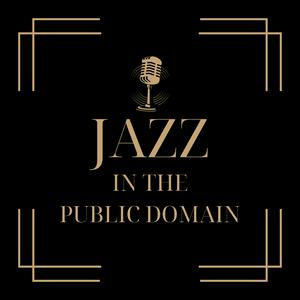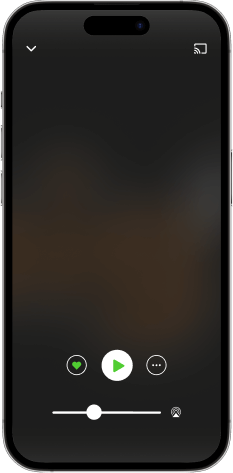Henderson '24
.Fletcher Henderson Orchestra: I Can't Get the One I Want, Where the Dreamy Wabash Flows, Say Say Sadie, Prince of Wails, My Papa Doesn't Two Time No Time (Don Redman Voc.), Mobile Blues, Chicago Blues, That's Georgia, Sudbustin' Blues, Copenhagen, Shanghai Shuffle.Many of the late ‘24 tunes with Armstrong are provided separately in the episode titled Pops season 2 episode 11. Here cornetist Elmer Chambers is featured and in a section with Howard Scott. Hawkins’ slap tongue works particularly on Sudbustin which is an uptempo variation of the slow swinging Piron dance tune, here reduced apparently to the first theme without the bridge.This Prince of Wails, the Schoebel tune, is the most elaborate version. Shanghai Shuffle is notable and includes an Armstrong solo, and composer Rodemich’s own version is heard in episode 41. Redman scatting here on My Papa gives syllables to the kazoo/comb tradition of pure vocalizing that swept 1924 including the goofus guy Redman himself voicing without syllables on Mobile Blues. We also apparently hear a washboard on Chicago Blues. Henderson played in a sort of national league with the Ramblers, OTO, Krueger, Rodemich, and you hear these same tunes and resources on Brunswick and Vocalion and various labels. Redman elaborated on the trends and fads while also developing his Hollywood style (national swing) before there was a Hollywood (American) style. Henderson was arguably more California than the Ramblers, but where California completes the coast to coast phenomenon that is a national music. Morton was in California a decade earlier and stayed in New York only later in life, losing the battle of jazz versus swing. Although Morton invented jazz it was a classically influenced and formalistic variant of ragtime. Morton was more in a league with Joplin, Mozart and Monk. A composer’s league. Swing abandoned the polyphonic front line for a more industrial strength sound. Bebop brought back a front line and post bop hits by Horace Silver, Dizzy, Blakey, Hancock, Monk adhered to a rhythmic danceable model however as a showcase for virtuoso soloing. Hit tunes have always been central to the jazz formula as have the drums. Morton’s New York phase brought jazz to its peak as a concert music, but didn’t necessarily capture dancers and was considered old fashioned, like Brahms versus Wagner. Hosted on Acast. See acast.com/privacy for more information.


